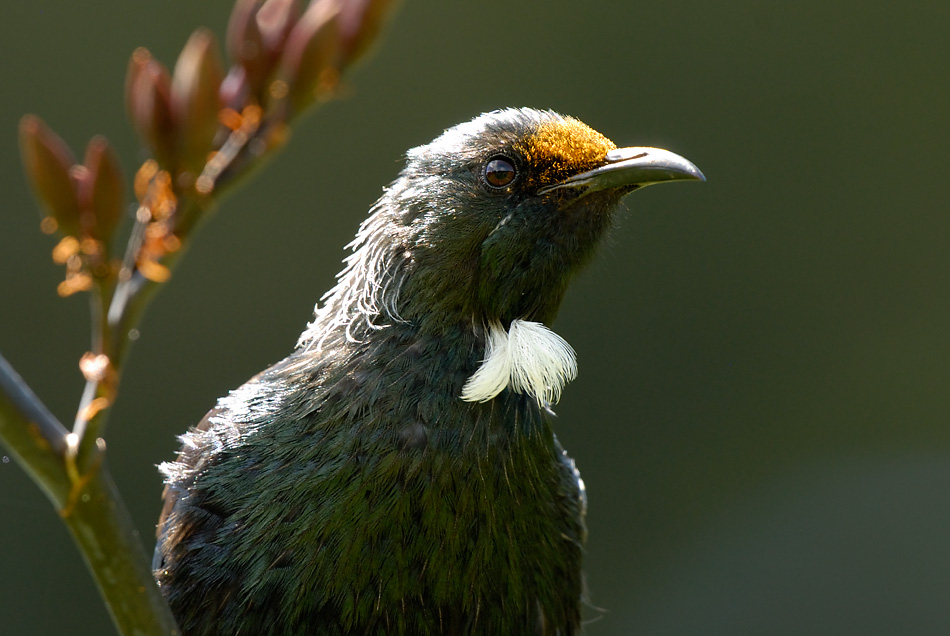Nest in peace
Spring has sprung and already many native birds like tui, grey warblers, and fantails are getting ready to mate and build nests now. For native bird numbers to increase they need to be able to nest in peace.
Night time studies have shown rats and possums harassing native birds to the point of exhaustion then chomping their way through all the eggs and chicks and if they can catch them, the adults birds too. These serial killings happen nightly across the country. DOC scientists estimate 26 million birds each year are killed by pests. It’s what you don’t see that makes our forests so quiet.

Ready, steady, trap. Now is the time to start trapping now that native birds like our tui have started breeding. Photo: Craig McKenzie
But there’s a lot you can do to help by knocking down introduced pests during these spring months. This is the time you can have the most impact before and while the birds are nesting. That means doing pest control now – trapping, shooting and targeted poisoning. Even a possum trap frequently baited with an apple can make a difference.
Between September and January a pair of tui can have 3 or 4 chicks. So if pest control is kept up, the tui population can easily double. But, apart from extreme weather events, it’s usually cats, rats, stoats, and possums that target nests and keep their numbers low.
Fantails are phenomenal breeders. They can have up to five nests over a spring and summer and have three or four eggs per nest. Male fantails can start breeding two months after they have left the nest. ‘Tis the season to be knocking off pests so our native birds can nest in peace
